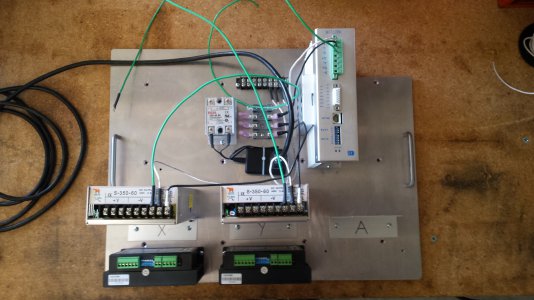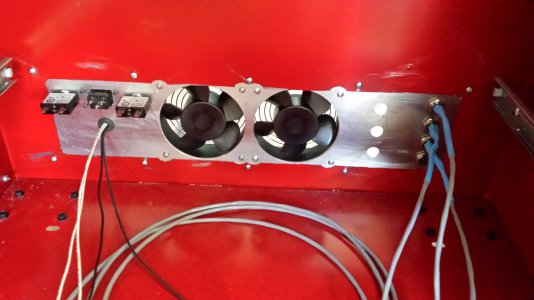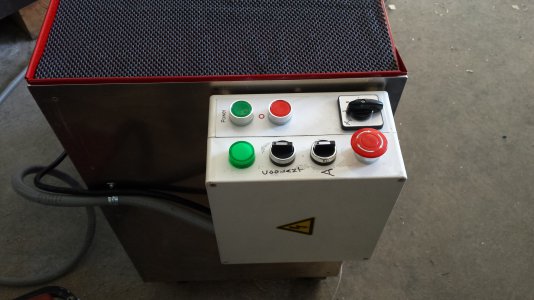- Joined
- Apr 30, 2012
- Messages
- 2,401
FWIW my stepper motors and drivers are the same as what Steve used in his mill conversion. Maybe he can clarify if the motors are enabled at startup as I wouldn't now how to determine that.
On my mill I did use the enable circuit, so if mach3 is running and not in e-stop the motors are braking. If mach3 is not running and the controller power is on the motors are not braking. My controllers have a half power at idle setting, if I remember correctly, so they wont heat up at idle.
Steve




